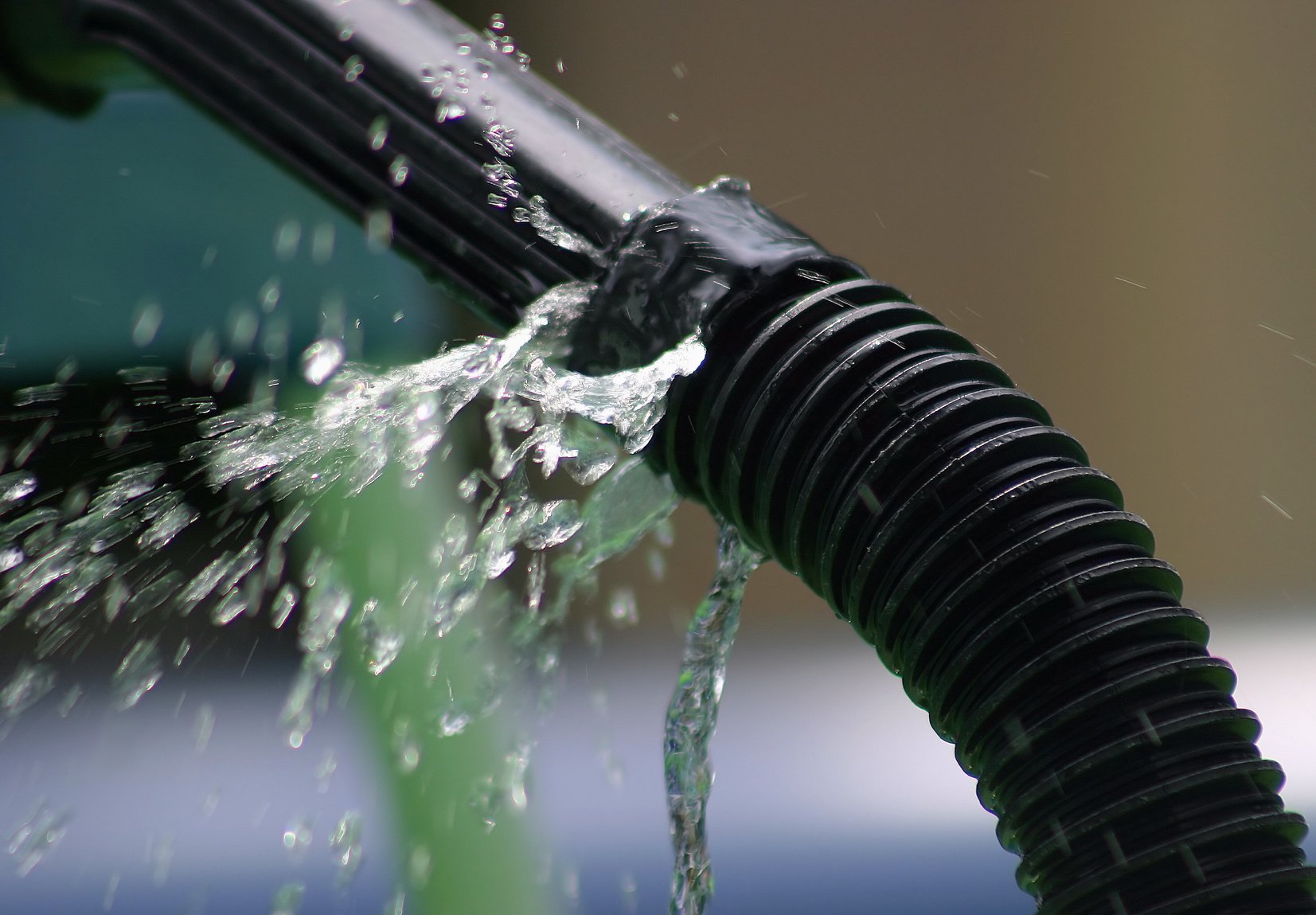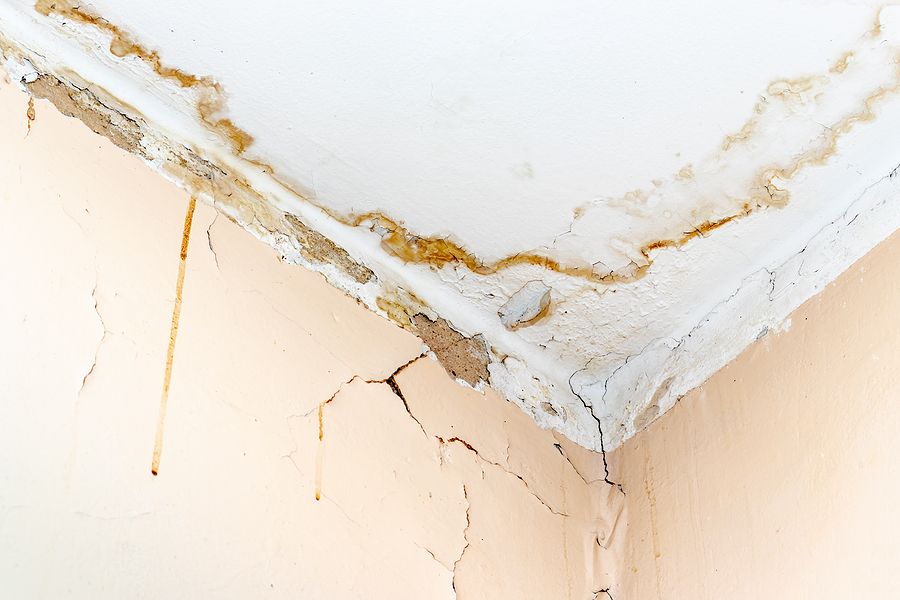Spot A Half-Dozen of Principal Leak Factors Inside The House
Spot A Half-Dozen of Principal Leak Factors Inside The House
Blog Article
Just how do you feel when it comes to How to Find Water Leaks?

Leakages not just cause waste of water but can also cause unnecessary damages to your residence and also advertise undesirable natural development. By looking as well as recognizing for day-to-day situations that cause leakages, you can secure your residence from future leaks as well as unnecessary damages.
Trespassing roots
Many water leaks begin outside your house as opposed to inside it. If you see an abrupt reduction in water stress, state in your tap, require time to head out and analyze your lawn. You could observe damp patches or sinkholes in your backyard, and that may mean that tree origins are invading water lines triggering water to permeate out. You can have your plumber check for invasion, particularly if you have trees or hedges near your residential or commercial property.
Rusty water supply
This may be the cause of staining or bending on your water pipes. If our plumbing system is old, consider replacing the pipelines given that they are at a greater threat of corrosion than the more recent designs.
Defective Pipe Joints
The factor at which your pipes attach is frequently the weakest link in the waterline. Pipeline joints can weaken gradually, leading to water leakages. Regrettably, most of pipe joints are not conveniently noticeable. If you have loud pipelines that make ticking or banging noises, particularly when the hot water is switched on, your pipe joints are most likely under a lot of stress. It is recommended to have your plumber examine your system once a year.
Instant temperature changes.
Severe temperature level changes in our pipelines can trigger them to increase as well as contract suddenly. This expansion and tightening might cause splits in the pipes, especially if the temperature level are below freezing. If you kept an eye on just how your plumbing works, it would be best. The visibility of the formerly discussed scenarios frequently shows a high threat.
Poor Water Connectors
Sometimes, a leakage can be brought on by loose hose pipes as well as pipes that supply your appliances. Most of the time, shifting is what causes the loosened water Links. You may locate when it comes to a cleaning equipment, a tube might spring a leak as a result of trembling during the spin cycle. In case of a water links leakage, you may observe water running directly from the supply line or pools around your appliances.
Blocked Drains
Clogged drains might be irritating and inconveniencing, however they can often end up causing an overflow resulting in rupture pipes. Keep removing any materials that might drop your drains pipes that might clog them to avoid such aggravations.
All the above are sources of leaks but not all water leakages arise from plumbing leaks; some leakages could come from roofing system leakages. All leakages ought to be fixed right away to avoid water damages.
Leaks not just cause waste of water yet can likewise create unnecessary damages to your home and also promote undesirable natural growth. By understanding as well as looking for day-to-day circumstances that create leaks, you can secure your home from future leakages and unneeded damages. Today, we will certainly look at 6 leakage causes that may be causing your pipelines to leak.
At times, a leak can be triggered by loosened hose pipes and pipes that provide your appliances. In instance of a water links leak, you may see water running straight from the supply line or puddles around your devices.
How To Check For Water Leak In Your Home
How To Check for Leaks
The average household's leaks can account for nearly 10,000 gallons of water wasted every year and ten percent of homes have leaks that waste 90 gallons or more per day. Common types of leaks found in the home are worn toilet flappers, dripping faucets, and other leaking valves. These types of leaks are often easy to fix, requiring only a few tools and hardware that can pay for themselves in water savings. Fixing easily corrected household water leaks can save homeowners about 10 percent on their water bills.
To check for leaks in your home, you first need to determine whether you're wasting water and then identify the source of the leak. Here are some tips for finding leaks:
Take a look at your water usage during a colder month, such as January or February. If a family of four exceeds 12,000 gallons per month, there are serious leaks.
Check your water meter before and after a two-hour period when no water is being used. If the meter changes at all, you probably have a leak.
Identify toilet leaks by placing a drop of food coloring in the toilet tank. If any color shows up in the bowl after 10 minutes, you have a leak. (Be sure to flush immediately after the experiment to avoid staining the tank.)
Examine faucet gaskets and pipe fittings for any water on the outside of the pipe to check for surface leaks.
Undetected water leaks can happen without the home or business owner even realizing. If you suspect a water leak, but not able to find the source. It is time to contact a professional water leak detection service, The Leak Doctor.
How To Find a Water Leak In Your Home
https://www.leakdoctor.com/blog/How-To-Check-For-Water-Leak-In-Your-Home_AE197.html

Do you like more info about How to Find Water Leaks? Make a short review down the page. We'd be interested to know your feelings about this page. We are looking forward that you visit us again in the near future. Remember to set aside a second to distribute this entry if you liked it. I appreciate reading our article about How to detect water leaks in your home.
Free Quote Report this page